How to Fix Sticky Acrylic Nails?
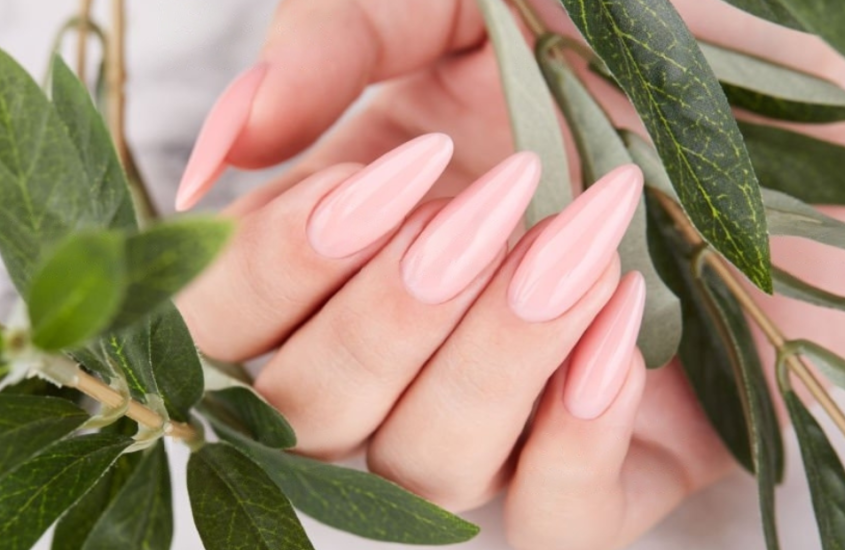
Welcome to our sticky acrylic nail troubleshooting tutorial. In this piece, we’ll go over the most prevalent concern that is how to fix sticky acrylic nails?. This article will help you obtain flawless and long-lasting nail enhancements, whether you’re a DIY nail enthusiast or have recently had acrylic nails put. We’ll also provide helpful hints for avoiding sticky acrylic nails in the future. Don’t let sticky nails ruin your manicure; instead, keep reading to learn the remedies and secrets of gorgeous, non-sticky acrylic nails.
I. Understanding Sticky Acrylic Nails:
Before diving into the solutions, it’s important to understand why acrylic nails can become sticky or tacky. Sticky nails are typically caused by improper application, insufficient drying time, or contaminated products. High humidity and improper ratios of liquid and powder can also contribute to the stickiness. Now, let’s explore how to fix this issue.
II. How to Fix Sticky Acrylic Nails:
To resolve sticky acrylic nails and restore their original beauty, follow these steps:
Step 1: Buff the Surface Gently
Buff the surface of the sticky nails lightly with a fine-grit nail buffer. This procedure aids in the removal of sticky residue and smoothens the surface of the nail.
Step 2: Wipe with Cleansing Solution
Using a lint-free cloth or a cotton pad soaked in a cleansing solution, such as isopropyl alcohol or nail cleanser, clean the area. Wipe the surface of the nails gently to remove any sticky residue and ensure they are clean and ready for the next step.
Step 3: Apply Top Coat Again
Apply another coat of top coat to the nails. The top coat serves as a protective barrier and aids in the sealing of the acrylic nails, preventing them from becoming sticky again. Apply an even layer that covers the entire nail surface.
Step 4: Allow Enough Drying Time
Allow the freshly applied top coat to completely dry. Follow the manufacturer’s recommendations for drying time. This is an important step to avoid smudging or ruining the freshly applied top coat.
Step 5: Use Cuticle Oil.
Apply cuticle oil to the cuticles and surrounding skin once the top coat has dried. Massage the oil gently into the nails and cuticles to moisturize and nourish them. This step completes your nail care routine and aids in the maintenance of healthy nails.
III. Additional Tips for Preventing Sticky Acrylic Nails:
Consider the following tips to avoid future instances of sticky acrylic nails:
1. Use quality products:
Make sure you’re using acrylic products of the highest caliber from reliable manufacturers. Sticky nails can be caused by using cheap or expired products.
2. Use proper application methods:
When combining the liquid and powder components of acrylic nails, use the proper ratios. Stickiness can be caused by improper ratios.
3. Allow enough drying time:
Allow enough time for your nails to dry between application steps. Tasty nails can result from rushing the drying process.
4. Maintain a controlled environment:
Avoid excessive humidity during the nail application process, as this can interfere with the curing process and cause stickiness.
Conclusion:
Sticky acrylic nails can be aggravating, but with the right steps and precautions, you can easily resolve this problem. You can achieve smooth and beautiful acrylic nails by buffing, cleansing, reapplying top coat, allowing adequate drying time, and moisturising with cuticle oil. To avoid future sticky nail problems, adhere to good nail care practises and use high-quality products. Have fun with your flawless, long-lasting manicures!
If you continue to have sticky acrylic nail problems, always consult a professional nail technician for personalised advice and assistance.

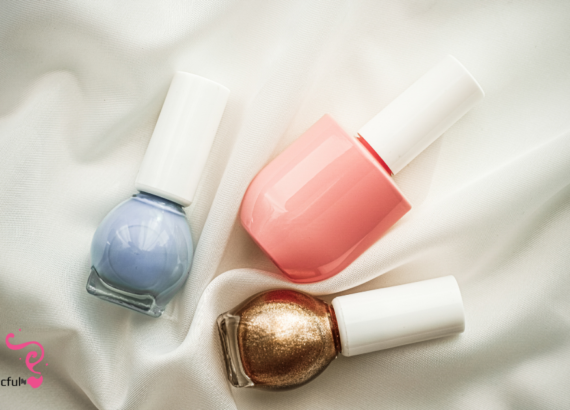

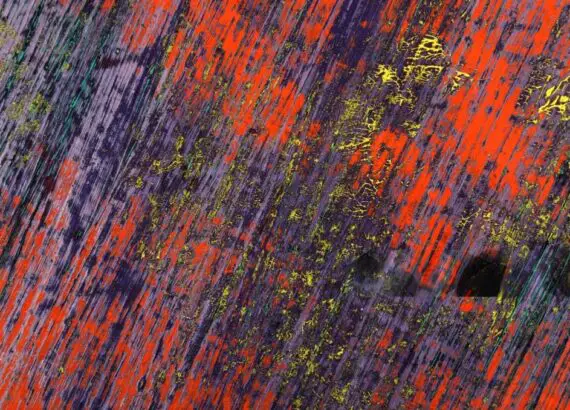

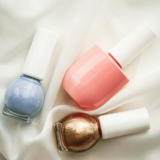

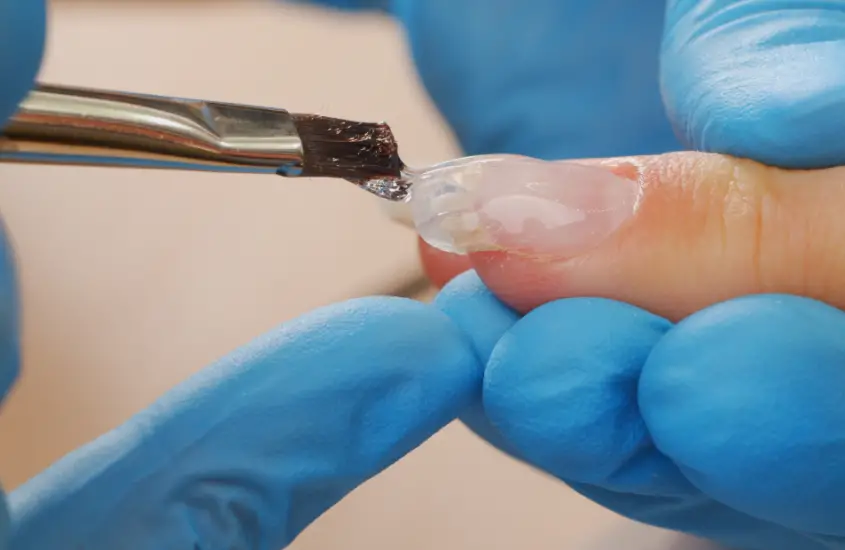

Comments
Trackbacks & Pingbacks
[…] care is required to ensure the longevity and health of your acrylic nails. Regular maintenance, such as filling or refilling once every two to three weeks, is required to keep their appearance […]